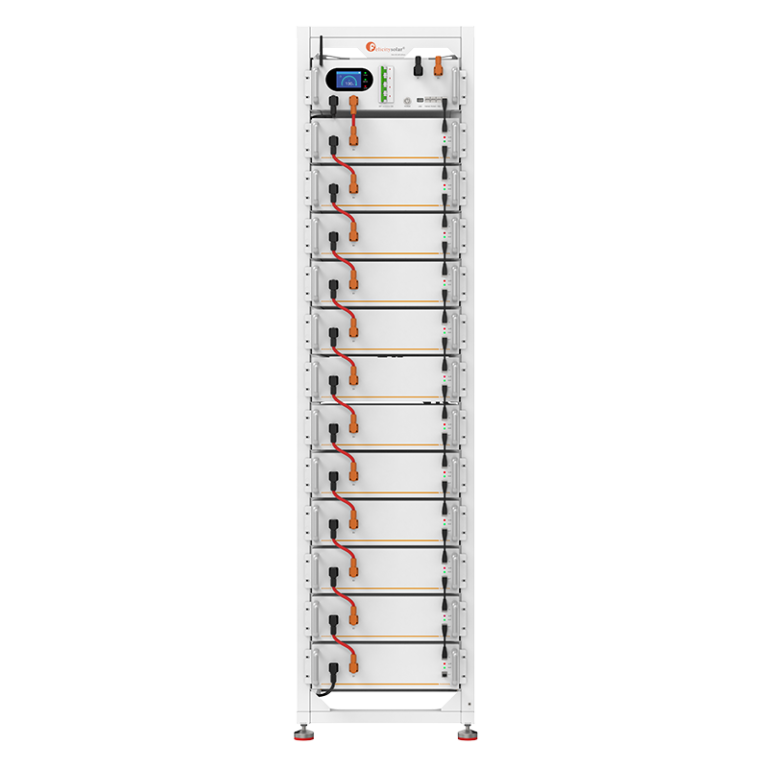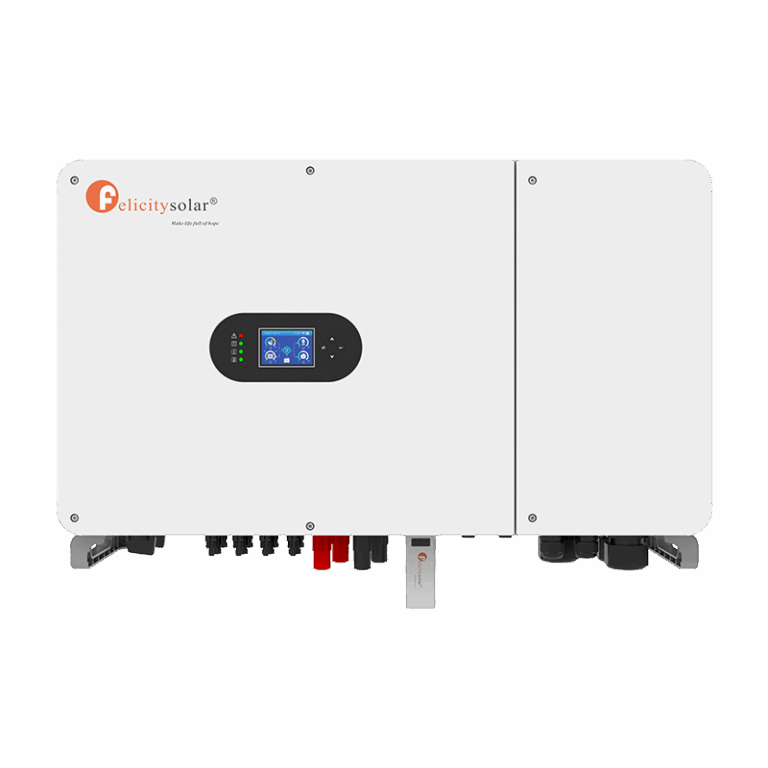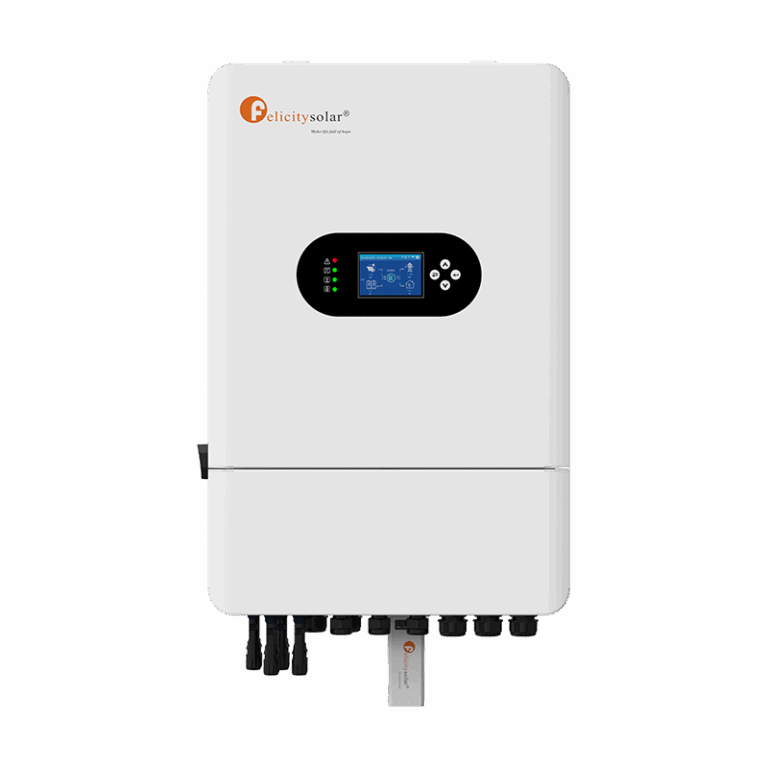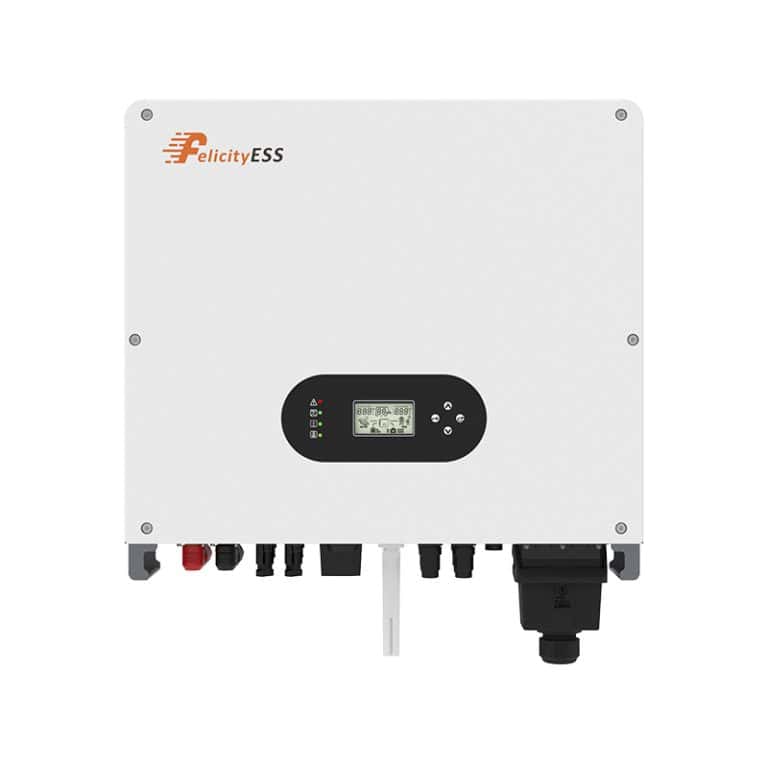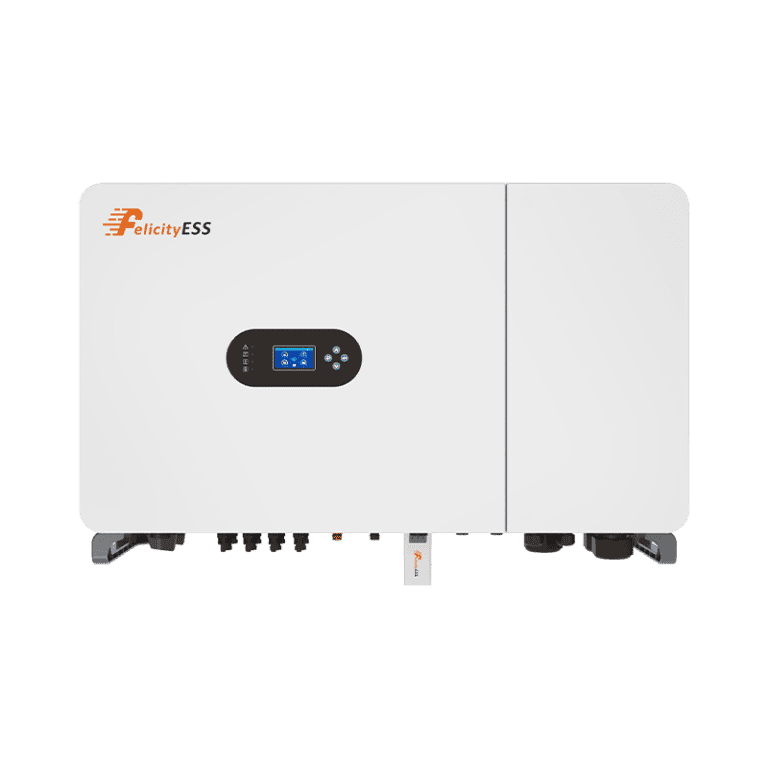Las baterías de litio desempeñan un papel vital en el almacenamiento de energía residencial, comercial e industrial. Adecuado Batería de litio El almacenamiento y el mantenimiento prolongan su vida útil, evitan la degradación del rendimiento y mejoran la seguridad. Esta guía cubre las mejores prácticas, clasificaciones de baterías y consejos de cuidado esenciales para maximizar la eficiencia.
Mejores prácticas para el almacenamiento de baterías de litio
Mantener condiciones de temperatura estables
Las baterías de litio deben almacenarse en un ambiente con temperatura controlada entre 15°C y 25°C. El calor excesivo acelera el desgaste de la batería, mientras que el frío extremo puede provocar fluctuaciones de voltaje.
Almacenar en niveles de carga óptimos
Si es necesario almacenar las baterías durante períodos prolongados, se recomienda mantener un nivel de carga 40%–60%. Esto ayuda a prevenir daños por descarga profunda y problemas de sobrecarga.
El almacenamiento de baterías de litio evita la sobrecarga y la descarga profunda
Las baterías de litio se degradan más rápido si se sobrecargan con frecuencia o se descargan por completo. Utilice sistemas de gestión de baterías (BMS) para regular los ciclos de carga y evitar voltajes extremos.
Active periódicamente la batería
Para almacenamiento a largo plazo, active la batería cada pocos meses cargándola a un nivel óptimo antes de volver a guardarla. Esto ayuda a mantener la integridad de la batería y evita fallas inesperadas.
Seleccione el tipo de montaje correcto
Diferentes soluciones de montaje de baterías optimizan el espacio y la seguridad:
- Montado en la pared: ahorra espacio para uso residencial.
- Montado en el piso: ideal para almacenamiento de alta energía en entornos comerciales.
- Montado en bastidor y apilable: diseñado para instalaciones a escala industrial.
Evite la humedad y la luz solar directa
La exposición a la humedad puede provocar cortocircuitos eléctricos, mientras que la luz solar prolongada puede dañar la carcasa de la batería y afectar la estabilidad térmica.
Consejos de cuidado para prolongar la vida útil de la batería de litio
Evite la hinchazón y las fugas de la batería
Las baterías pueden hincharse o tener fugas si se exponen a ciclos de carga excesivos, altas temperaturas o manipulación inadecuada. Las inspecciones periódicas pueden ayudar a detectar signos tempranos de hinchazón antes de que se produzca una degradación del rendimiento.
Elección de la serie de baterías adecuada
Las baterías de litio vienen en múltiples series y niveles de voltaje:
Batería por Serie: LUX-S, LUX-E, LUX-X y LUX-Y—cada uno con distintas capacidades de almacenamiento de energía.
Batería por voltaje: disponible en opciones de alto y bajo voltaje para diversas aplicaciones.
Garantizar la compatibilidad adecuada del inversor
Emparejar las baterías con la serie de inversores adecuada garantiza una conversión de energía óptima:
- Serie T-REX, Serie X-RAY, Serie E-CHO: diseñadas para diferentes requisitos de almacenamiento.
- Inversor por voltaje: elija entre modelos de alto voltaje y bajo voltaje.
- Inversor por Fase: Disponible en configuraciones Monofásica y Trifásica.
- Inversor por tipo: Inversores híbridos o conectados a red según las necesidades de uso.

Manejo de riesgos de cortocircuito
Los cortocircuitos pueden causar daños irreversibles a la batería. Un aislamiento adecuado, evitar daños físicos y utilizar conectores adecuados ayudan a mitigar las fallas eléctricas.
Utilización de sistemas de almacenamiento de energía todo en uno
- Todo en uno Soluciones ESS integre baterías e inversores para una gestión de energía perfecta:
- Gabinete C&I ESS: ideal para empresas que requieren almacenamiento de energía a gran escala.
- Serie Apollo (Inversor + Batería): combina eficiencia de almacenamiento y conversión en un solo sistema.
Mejora del rendimiento con accesorios
- Agregar accesorios clave mejora la gestión de la batería y la confiabilidad operativa:
- Cargador EV: permite cargar vehículos eléctricos utilizando energía almacenada.
- Caja combinadora de baterías: mejora la seguridad y simplifica las configuraciones de múltiples baterías.
Consideraciones de seguridad y longevidad
Más allá de las prácticas de almacenamiento y cuidado, el mantenimiento regular del sistema garantiza la confiabilidad a largo plazo:
- Realice inspecciones periódicas para comprobar el desgaste y garantizar la eficiencia de la batería.
- Supervise la consistencia del voltaje y evite fluctuaciones extremas de energía.
- Utilice cargadores certificados para regular las condiciones de carga seguras.
- Siga las pautas del fabricante para el reciclaje y la eliminación adecuados de la batería.
Conclusión
El almacenamiento y mantenimiento adecuados de las baterías de litio garantizan eficiencia, seguridad y durabilidad a largo plazo. Los usuarios pueden optimizar la configuración de su almacenamiento de energía eligiendo el tipo de montaje, la serie de baterías, la compatibilidad de voltaje y la configuración del inversor correctos. Ya sea para aplicaciones residenciales, comerciales o industriales, el mantenimiento adecuado de las baterías de litio garantiza un rendimiento ininterrumpido y una vida útil maximizada.



